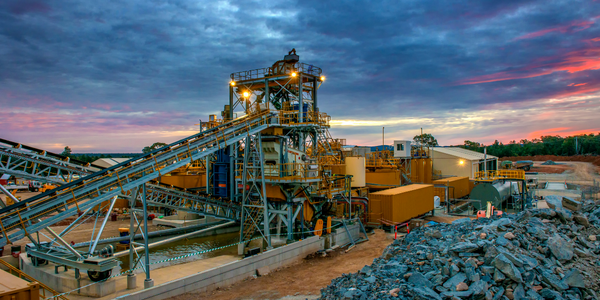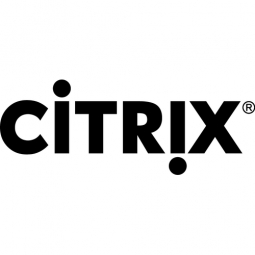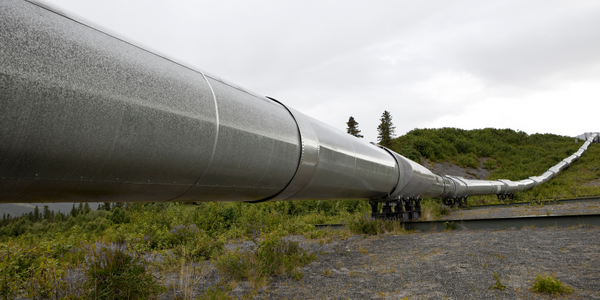Customer Company Size
Large Corporate
Region
- Europe
- Asia
Country
- Switzerland
- India
- Poland
Product
- XenDesktop with HDX 3D Pro
- XenServer
- NetScaler
- Autodesk E3 series
- Siemens Solid Edge
Tech Stack
- Virtualization
- Graphics Rendering
- WAN Optimization
Implementation Scale
- Enterprise-wide Deployment
Impact Metrics
- Productivity Improvements
- Cost Savings
- Digital Expertise
Technology Category
- Platform as a Service (PaaS) - Device Management Platforms
- Application Infrastructure & Middleware - API Integration & Management
Applicable Functions
- Product Research & Development
- Business Operation
Use Cases
- Remote Asset Management
- Remote Control
- Virtual Prototyping & Product Testing
Services
- System Integration
- Software Design & Engineering Services
About The Customer
ABB Schweiz AG, headquartered in Zurich, Switzerland, is a leading global supplier of power and automation technology. With 145,000 employees and operations in approximately 100 countries, ABB is a large corporate entity that plays a significant role in the manufacturing industry. The company is known for its innovative solutions and commitment to leveraging technology to enhance its operations. To keep pace with globalization and capitalize on new opportunities in emerging markets, ABB decided to open a global engineering center in Bangalore, India. This strategic move was aimed at expanding its reach and capabilities in the engineering sector, particularly in the area of CAD applications. ABB's commitment to innovation and efficiency is evident in its approach to overcoming network challenges and ensuring high-performance access to its engineering applications.
The Challenge
ABB Schweiz AG faced the challenge of provisioning remote CAD workstations within existing network capacity. The company needed to provide its users in India with access to applications like Siemens Solid Edge and Autodesk E3.series CAD applications within a tight seven-month project schedule. The internal network infrastructure posed a bottleneck for the central engineering databases hosted in Switzerland, as the WAN links were not designed to support remote processing for extensive construction plans. Building a local database in India would have taken too long and generated significant data traffic on the WAN.
The Solution
ABB utilized XenDesktop with HDX 3D Pro to address the challenge of providing high-performance CAD applications over WAN connections. The HDX 3D Pro technology compresses image data before sending it over the network, minimizing bandwidth requirements and ensuring high-performance access for users. By leveraging the computing power of server GPUs to accelerate CAD graphics rendering, ABB was able to optimize network performance and provide a high-definition experience on any device. The solution also eliminated the need for a special graphics processor on local CAD workstations, allowing ABB to support engineering professionals on standard notebooks. This flexibility enabled professionals to work from various locations, including on the road or in home offices, while still accessing professional graphics peripherals like large displays and the Connexion 3D Space Mouse. The centralization of data in the protected datacenter ensured that sensitive design data remained secure and was never stored on unsecured devices.
Operational Impact
Quantitative Benefit

Case Study missing?
Start adding your own!
Register with your work email and create a new case study profile for your business.
Related Case Studies.
.png)
Case Study
Improving Vending Machine Profitability with the Internet of Things (IoT)
The vending industry is undergoing a sea change, taking advantage of new technologies to go beyond just delivering snacks to creating a new retail location. Intelligent vending machines can be found in many public locations as well as company facilities, selling different types of goods and services, including even computer accessories, gold bars, tickets, and office supplies. With increasing sophistication, they may also provide time- and location-based data pertaining to sales, inventory, and customer preferences. But at the end of the day, vending machine operators know greater profitability is driven by higher sales and lower operating costs.

Case Study
Goldcorp: Internet of Things Enables the Mine of the Future
Goldcorp is committed to responsible mining practices and maintaining maximum safety for its workers. At the same time, the firm is constantly exploring ways to improve the efficiency of its operations, extend the life of its assets, and control costs. Goldcorp needed technology that can maximize production efficiency by tracking all mining operations, keep employees safe with remote operations and monitoring of hazardous work areas and control production costs through better asset and site management.

Case Study
Remote Wellhead Monitoring
Each wellhead was equipped with various sensors and meters that needed to be monitored and controlled from a central HMI, often miles away from the assets in the field. Redundant solar and wind generators were installed at each wellhead to support the electrical needs of the pumpstations, temperature meters, cameras, and cellular modules. In addition to asset management and remote control capabilities, data logging for remote surveillance and alarm notifications was a key demand from the customer. Terra Ferma’s solution needed to be power efficient, reliable, and capable of supporting high-bandwidth data-feeds. They needed a multi-link cellular connection to a central server that sustained reliable and redundant monitoring and control of flow meters, temperature sensors, power supply, and event-logging; including video and image files. This open-standard network needed to interface with the existing SCADA and proprietary network management software.

Case Study
Remote Monitoring and Control for a Windmill Generator
As concerns over global warming continue to grow, green technologies are becoming increasingly popular. Wind turbine companies provide an excellent alternative to burning fossil fuels by harnessing kinetic energy from the wind and converting it into electricity. A typical wind farm may include over 80 wind turbines so efficient and reliable networks to manage and control these installations are imperative. Each wind turbine includes a generator and a variety of serial components such as a water cooler, high voltage transformer, ultrasonic wind sensors, yaw gear, blade bearing, pitch cylinder, and hub controller. All of these components are controlled by a PLC and communicate with the ground host. Due to the total integration of these devices into an Ethernet network, one of our customers in the wind turbine industry needed a serial-to-Ethernet solution that can operate reliably for years without interruption.









